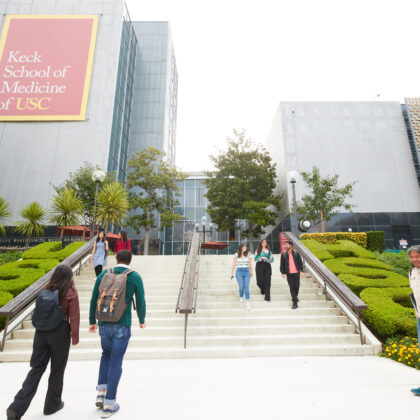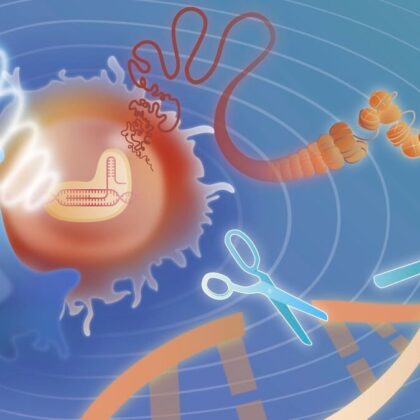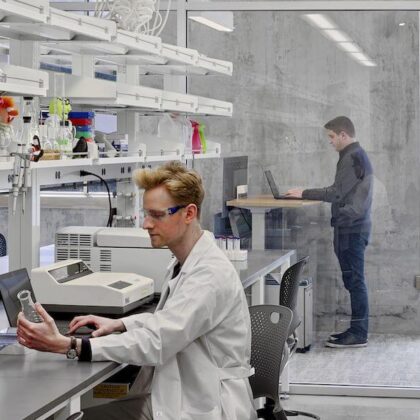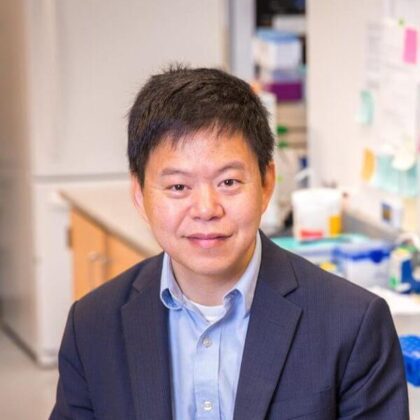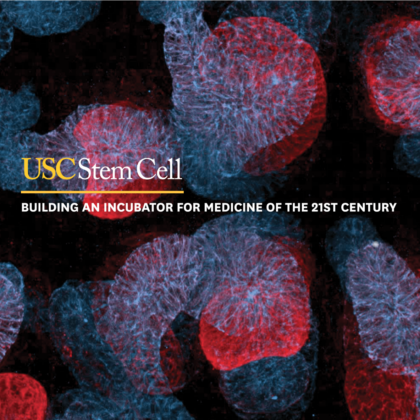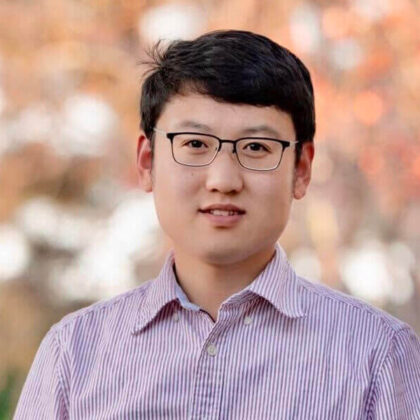Dr. Wang’s lab focuses on the integration of biotechnologies in cellular and molecular engineering for the development of genetically-encoded biosensors and the application of them to visualize molecular events in live cells and animals. His lab also develops molecular sensors and transducers for the engineering of immune cells to control genetic and epigenetic activities targeting cancer immunotherapy. For example, his group engineers CAR T cells and macrophages so that they can be remotely and non-invasively controlled by ultrasound waves to recognize and eradicate tumors.
Stories
Meet the nine scholarship winners in USC’s stem cell master’s program
This year, philanthropic giving supported scholarships for nine students in USC’s master of science (MS) program in stem cell biology and regenerative medicine. Launched in 2014 as one of the only programs …
New “smart” immune cells: A breakthrough for long-lasting tumor destruction
USC Viterbi researchers have engineered a new immune cell that when activated by ultrasound can continuously sense and destroy cancer cells for extended periods. Imagine a super-charged immune cell that can launch …
New CRISPR toolkit to allow remote-controlled genome editing
USC Viterbi biomedical engineers harness focused ultrasound to revolutionize CRISPR’s capabilities to treat countless diseases. Thanks to CRISPR, our medical specialists will soon have unprecedented control over how they treat and prevent …
Forging research partnerships for future medical breakthroughs
New Mann Engineering in Medicine Pilot Grants program will build ongoing research collaborations between USC Viterbi School of Engineering and Keck School of Medicine of USC. The lifesaving medical discoveries and therapeutics …
Turning a tumor’s “shield” into a weapon against itself
USC Viterbi biomedical engineers have designed a new protein that targets and disables tumor cells’ defenses while marking cancer cells for death. Tumor cells are “cunning,” according to Peter Yingxiao Wang. They …
Building an Incubator for Medicine of the 21st Century
USC Stem Cell is pleased to introduce our new publication. We hope you’ll enjoy reflecting back on our history, while looking ahead to the transformative times to come. Read now at https://stemcell.keck.usc.edu/wp-content/themes/stemcell/incubator.
Illuminating cancer
Longwei Liu joins USC Viterbi and the Wang Lab to uncover the secret interactions between immune cells and cancer cells with the help of fluorescent trackers. Through the lens of a …

